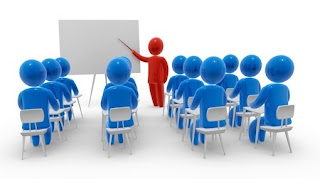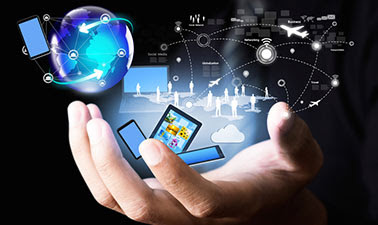Lesson 5: Preferences Of The Technology Generation
Some Basic Comparison Between Old and New Generation:
What Old Generation likes may not be the same as what the
New Generation prefers in Life, Work and Leisure.
Much of the good things enjoyed by elders when they were
students are no longer available to the new generation.
Vocational, Cultural and Values classes that are widely used
by old generations during their time today, it is also available but it has
been minimized due to the emphasis on the basics of English, Mathematics and
Science.
Text vs. Visual
Our parents read book text, enrich by illustrations and
photos. In order to research, they go to the school library, use the card
catalog for needed books and sign up to borrow books for home reading.
The technology or digital generation has greater affinity to
visuals (photo and video) compared with texts. In fact, they have been exposed
since childhood to cable television and videos images especially cartoon
characters and then to compute images, in such manner and their visual fluency
or abilities have sharpened and enriched.
Linear vs. Hyper Media
The past-30 year old
generation obtained information in a linear, logical and sequential manner. On
the positive side, this made them more logical, focused and reflective
thinkers.
The new generation, however, follows a personal random
access to hyperlinked digital information, less superior elders in focused and
reflection. Thus, they appear to be more easily bored and distracted during
class lectures.
Independent vs.
Social Learner
The traditional
education system gives priority to independent learning, prior to participate
work.
New learners, however, are already acquainted with digital
tools that adapt to both personal and participation work. They take the
opportunity for dozens of instantaneous ways to communicate with others mobile
calls and text, emails, Facebook, YouTube, MySpace, twitter, wikis and etc.
experts describe this mode of digital learning as one that based on
experimentation, discovery and intuition.
Learning to do vs.
To pass the test
Old teachers teach
students in order to help them pass tests and complete the course requirement.
On the other hand, the new digital learners simply wish to
acquire skills, knowledge and habits as windows of opportunity afford them to
learn. Our parents have completed a course and have engaged in a permanent job
for most of their lives. A different work situation awaits the digital
generation with contractual, multitask and multi-career opportunities in a
digital world ahead of them.
Delayed rewards vs. Instant
gratification
The traditional
reward system in education consists in the grades, honor certificates/medals
and diplomas. Including future jobs, the traditional rewards for the
performance.
On the other hand. Digital learners on their own experience
or more immediate gratification through immediate scores from games, enjoyable
conversation from web-cam calls, excitement from email chats and inviting
comments from their Facebook accounts.
Rote memory vs. Fun
learning
Teachers feel too obliged to delivering content-based
courses, the learning of which is measurable by standard tests.
Digital learners and not surprisingly there is much fun in
the digital world outside the school.






















